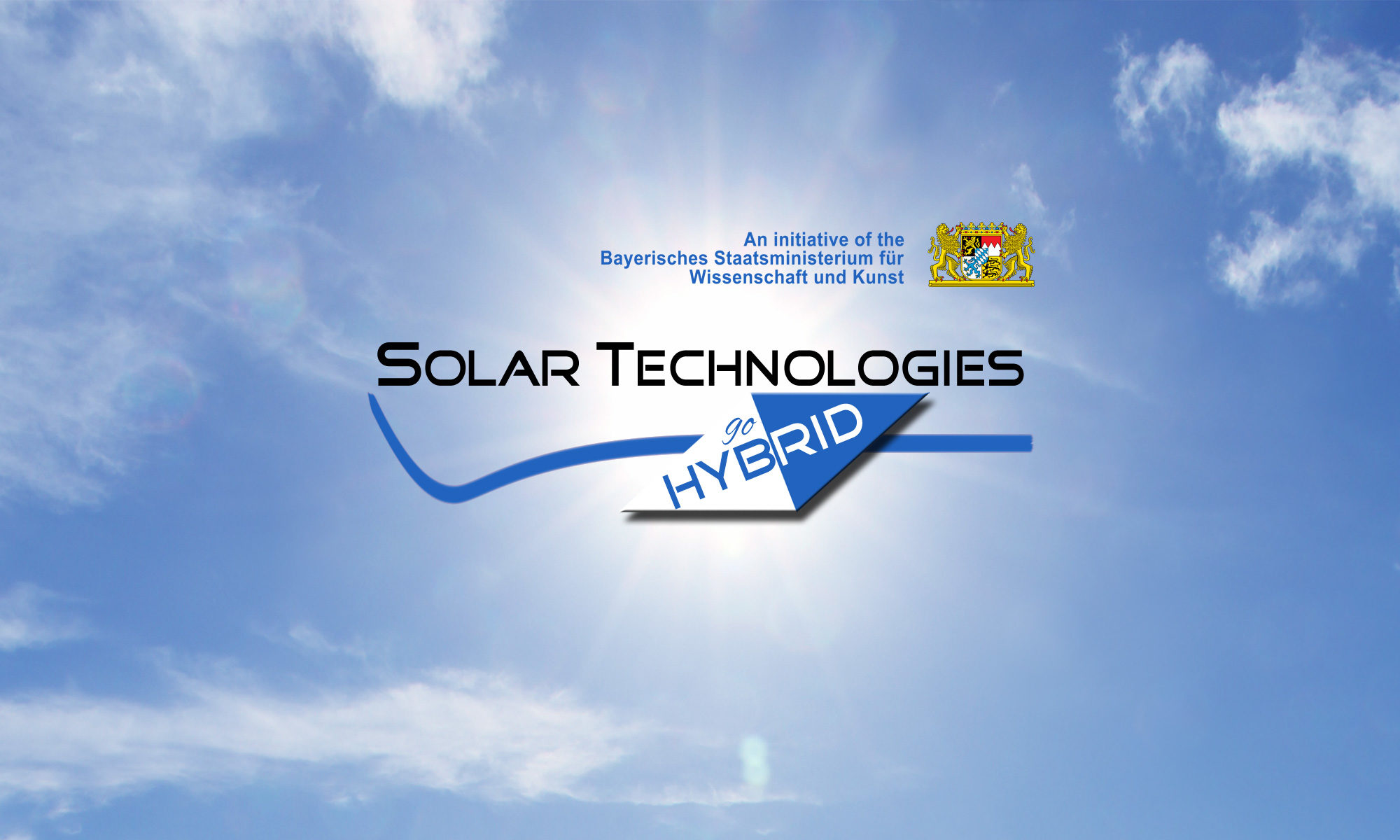For the second time, Würzburg chemistry professor Frank Würthner has received a prestigious award from the European Research Council: the ERC Advanced Grant is endowed with 2.5 million euros. Frank Würthner, head of the Chair of Organic Chemistry II and the Center for Nanosystems Chemistry at the University of Würzburg, is pursuing an ambitious goal: he wants to synthesise schwarzites, novel carbon-based nanomaterials with unique...
Continue reading "%s"
Künstliche Photosynthese: Forscher ahmen Pflanzen nach
Mit künstlicher Photosynthese könnte die Menschheit die Sonnenenergie nutzen, um Kohlendioxid zu binden und Wasserstoff zu produzieren. Würzburger Chemiker sind hier einen Schritt weitergekommen. So sieht der in Würzburg synthetisierte Viererstapel aus Farbstoffen aus. Er bedeutet einen weiteren Schritt hin zur künstlichen Photosynthese, weil er Lichtenergie absorbiert und sie im Stapel schnell und effizient weiterleitet. (Bild: Leander Ernst / Universität Würzburg) Die Photosynthese ist ein...
Continue reading "%s"
Continue reading "%s"
Fortschritt für den Klimaschutz: Weitere 1,7 Millionen Euro für Forschungsprogramm zu erneuerbaren Energien
Das Forschungsprogramm „Solar Technologies go Hybrid“ wird mit 1,7 Millionen Euro weiterhin vom Freistaat Bayern gefördert. Insgesamt wurde es bisher mit 70 Millionen Euro gefördert. Nun geht es darum, aus Kohlendioxid synthetische Brennstoffe zu erzeugen. Laut Wissenschaftsminister Blume sind Investitionen in Fortschritt die beste Klimaschutz-Strategie. Um zu dem kompletten Artikel des Bayerischen Staatsministeriums für Wissenschaft und Kunst zu gelangen, klicken Sie bitte hier. Wasserstoff gewinnen,...
Continue reading "%s"
Continue reading "%s"
Künstliches Enzym spaltet Wasser
Auf dem Weg zur sonnenlichtgetriebenen Produktion von Wasserstoff ist ein Fortschritt gelungen. Ein Team aus der Chemie präsentiert einen enzymähnlichen molekularen Katalysator für die Wasseroxidation. Enzym-ähnliche Wasserorganisation vor einem Ruthenium-Wasseroxidations-Katalysator. (Bild: Team Würthner) Die Menschheit steht vor einer zentralen Herausforderung: Sie muss den Übergang zu einer nachhaltigen und kohlendioxidneutralen Energiewirtschaft bewältigen. Wasserstoff gilt als vielversprechende Alternative zu fossilen Brennstoffen. Er lässt sich unter Einsatz von...
Continue reading "%s"
Continue reading "%s"
Energy Flow in the Nano Range
10/18/2019 It is crucial for photovoltaics and other technical applications how efficiently energy spreads in a small volume. With new methods, the path of energy in the nanometer range can now be followed precisely. Energy transport in biomimetic nanotubes (left) and a three-dimensional spectrum (right). (Image: Björn Kriete (l.) / Stefan Mueller (r.)) Plants and bacteria lead the way: They can capture the energy of...
Continue reading "%s"
Continue reading "%s"
Molecular Lego Blocks
Chemical Data Mining Boosts Search for New Organic Semiconductors 14.02.2019 Organic semiconductors are lightweight, flexible and easy to manufacture. But they often fail to meet expectations regarding efficiency and stability. Researchers at the Technical University of Munich (TUM) are now deploying data mining approaches to identify promising organic compounds for the electronics of the future. First author Christian Kunkel, PD Dr. Harald Oberhofer and Prof....
Continue reading "%s"
Continue reading "%s"
More Efficient Solar Cells Imitate Photosynthesis
Power Stations Driven by Light January 9, 2019 The smallest building blocks within the power stations of organisms which get their energy directly from the sun are basically miniature reactors surrounded by collectors which capture photons and forward them to the centre. The close correlation between structure and interaction of the components boosts productivity, a strategy which an international team of researchers is using for...
Continue reading "%s"
Continue reading "%s"
All-in-One Light-Driven Water Splitting
09/07/2018 Solar-powered water splitting is a promising means of generating clean and storable energy. A novel catalyst based on semiconductor nanoparticles has now been shown to facilitate all the reactions needed for “artificial photosynthesis”. A new photocatalytic system works like a multitool which separates the bonds in water molecules. (Image: C. Hohmann, Nanosystems Initiative Munich NIM) In the light of global climate change, there is...
Continue reading "%s"
Continue reading "%s"
Optical “Overtones” for Solar Cells
München, 04/19/2018 NIM scientists from LMU Munich have found a new effect regarding the optical excitation of charge carriers in a solar semiconductor. It could facilitate the utilization of infrared light, which is normally lost in solar devices. Analogous to a phenomenon known for music instruments when overtones of two different fundamental notes get into resonance, scientists from LMU Munich have found a new effect...
Continue reading "%s"
Continue reading "%s"
